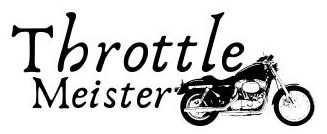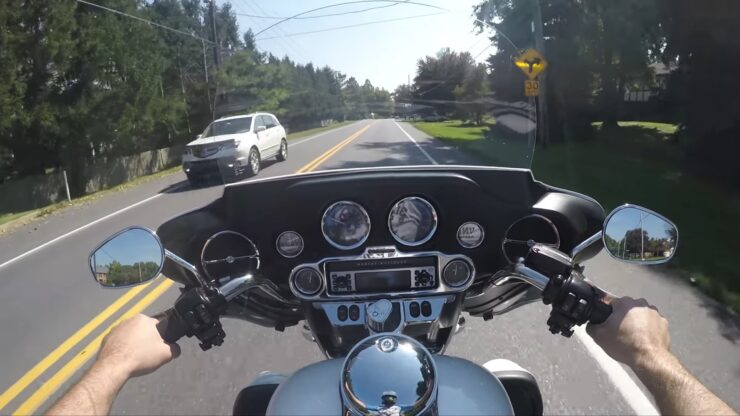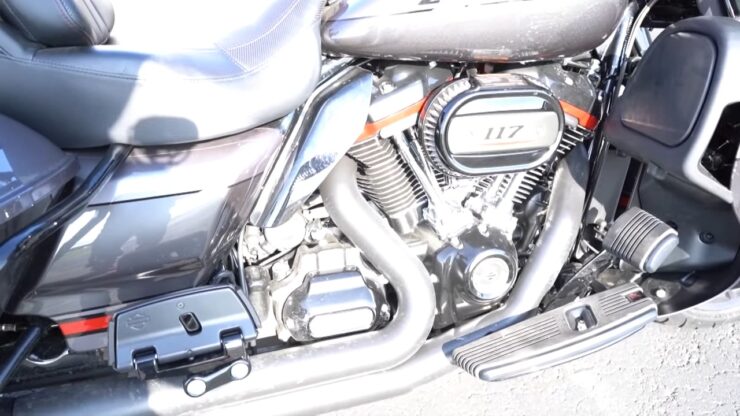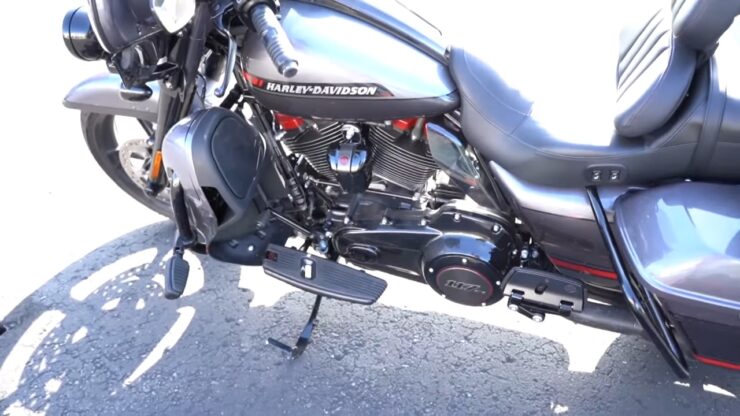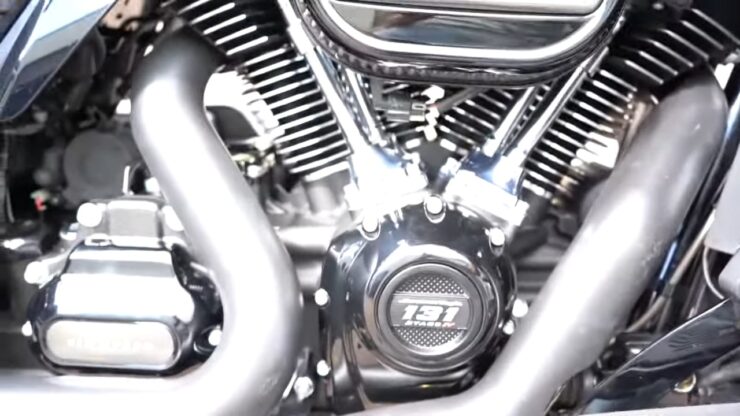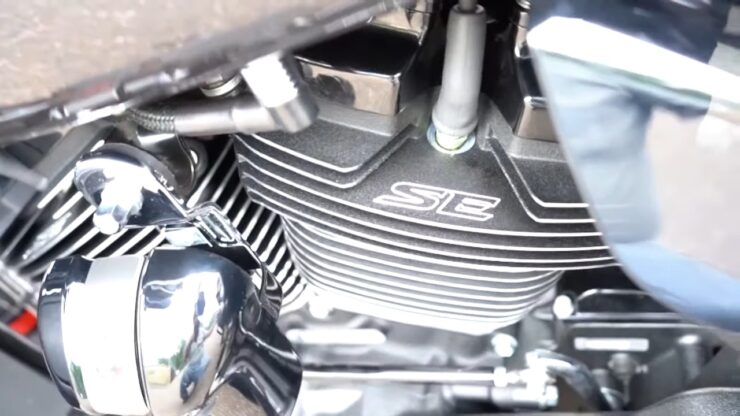When it comes to motorcycles, the engine is the heart and soul of the machine. That’s why today, I’m taking you through to the Harley Davidson 103 engine, a topic close to my heart.
If you’re a Harley owner, particularly of a bike with a 103 engine, you’ll want to pay close attention. I’m going to break down common issues with this engine and how to tackle them, so you can get back on the road as quickly as possible.
Contents
- 1 Engine Backstory
- 2 Key Features
- 3 Oil Cooler
- 4 Horsepower
- 5 6-Speed Cruise Drive Transmission
- 6 Spark Firing
- 7 Combustion Chamber
- 8 Common Problems
- 9 Can Burn Riders
- 10
- 11 Crankshaft Issue
- 12 Engine Noise
- 13 Hard Starting Issue
- 14 Solutions
- 15 Tackling the Noise Issue Head-On
- 16 Pros & Cons of Harley 103 Engine
- 17 Pros
- 18 Long-lasting Power
- 19 Minimal Issues
- 20 Stellar Performance
- 21 Versatility
- 22 Cons
- 23 Overheating
- 24 Limited Stock Availability
- 25 Maintenance Tips of Harley 103 Engine
- 26 Change engine oil & oil filter
- 27 Check engine idle speed adjustment
- 28 Inspect spark plugs
- 29 Check the operation of all electrical equipment and switches
- 30 Inspect fuel valves, lines, and fittings for leaks
- 31 Check Brake Line
- 32 Bets and Chains
- 33 Check Tires
- 34 FAQs
- 35 What year did Harley put 103 engines?
- 36 How many miles is a Harley 103 good for?
- 37 What is the price of the 103 Harley Davidson engine kit?
- 38 Verdict
Engine Backstory
Let me give you a bit of background on the Harley Davidson 103, also known as the Twin Cam. This engine was Harley’s go-to from 1998 all the way to 2017. It’s the company’s second engine that utilizes dual cams to operate the valvetrain. By 2012, this powerhouse became standard on Harley Davidson bikes.
When it comes to speed, we’re talking about a range of 100 to 120 mph, making it the default engine for Softail and touring models during the 2010s.
Key Features
Oil Cooler
First off, let’s talk about the oil cooler. This component is crucial; it pre-circulates the oil before it flows through the rest of the bike. Without it, you’re looking at a high risk of overheating.
Electronic Sequential Port Fuel Injection Next up is the Electronic Sequential Port Fuel Injection. This is a game-changer for fuel efficiency. Even though the 103 is a larger engine, this feature ensures you’re not guzzling gas unnecessarily.
Horsepower
With 75 horsepower and torque ranging from 90 to 100 ft, this engine is built for the open road. Trust me, you’ll have no issues cruising on major highways.
6-Speed Cruise Drive Transmission
Most Harley bikes come with this feature and for a good reason. Think of it as a sixth gear that cuts down engine rpm by 11%, allowing for smoother highway rides. This has been a standard since 2006 and continues to contribute to optimal engine performance.
Spark Firing
Unlike some engines, the 103 doesn’t waste spark. Its ignition system employs dual coils and uses 12mm plugs, making it highly efficient.
Combustion Chamber
Lastly, the combustion chamber of the 103 engine has a Bathtub design. Not only is it easy to find replacements for this part, but its design also accelerates the burn and elevates the compression ratio without causing issues.
Common Problems
Now that we’ve laid the groundwork, let’s get to the heart of today’s article—common problems you might face with the Harley Davidson 103 engine and how to solve them. As someone deeply entrenched in the world of motorcycle mechanics, I can’t stress enough how crucial it is to be prepared for potential issues. Whether you’re currently facing these problems or just want to be future-ready, this section is for you.
Can Burn Riders
One of the more serious issues with the 103 engine is overheating, which can not only cause discomfort to the rider but also shorten the engine’s lifespan. Overheating can even lead to accidents, making it a critical issue to address.
Crankshaft Issue
The crankshaft in these engines is pressed with a 400-ton press at the factory. However, it’s not uncommon for the crank to come loose earlier than expected. A malfunctioning crank pin can lead to a cascade of other problems, so keep an eye out for this.
Engine Noise
The 103 engine is notorious for producing a variety of noises—ticking, chattering, pinging, and tapping, to name a few. This isn’t just an isolated issue; it’s something that has been reported across various Harley Davidson models equipped with this engine.
Hard Starting Issue
Particularly for bikes released between 2007 and 2012, hard starting is a common issue. While it’s not exclusive to the 103 engine, it’s something you should be aware of if you own a Harley from this era.
Solutions
Now, let’s talk solutions for Overheating Issues:
- Firstly, check your compression, especially if your bike is a pre-2012 model. The stock 103 engine was standard only from 2012 to 2017.
- Secondly, ensure you’re running with an oil cooler, as it significantly reduces the risk of overheating.
Being proactive about these issues can save you a lot of time and money in the long run. Trust me, as someone who’s been elbows-deep in motorcycle engines for years, a little preventative maintenance can go a long way.
Tackling the Noise Issue Head-On
First, let’s address the elephant in the room—the noise produced by the Harley Davidson 103 engine. While some say it’s just part of the Harley experience, if it’s grating on your nerves, there’s a solution. Many have found success by installing rocker lockers with sleeves that lock up the shafts, effectively reducing the noise. You can see the stark contrast between bikes with and without these rocker locker sleeves.
Pros & Cons of Harley 103 Engine
Pros
Long-lasting Power
The 103 engine is so robust that it can easily clock over 80,000 miles without requiring any major rebuilds. That’s a testament to its longevity.
Minimal Issues
Compared to other Harley engines, the 103 has fewer problems, most of which can be quickly resolved with the right guidance.
Stellar Performance
If you’re upgrading from a lower-end engine, you’ll immediately notice the enhanced performance. The sixth gear ensures smooth highway cruising.
Versatility
Whether you’re climbing hills or carrying a full load of luggage, this engine won’t let you down.
Cons
Overheating
As mentioned earlier, overheating can be an issue, especially for those who ride long distances. However, the built-in oil cooler can mitigate this to some extent.
Limited Stock Availability
The 103 engine was standard only for models released between 2012 and 2017. If you’re upgrading from an older model, you might encounter some minor issues if the engine doesn’t meet specific requirements.
Maintenance Tips of Harley 103 Engine
Let’s shift gears and focus on something that’s often overlooked but incredibly important—maintenance. Trust me, as someone who’s been in the trenches of motorcycle repair and upkeep, a little preventive care can save you a lot of headaches and money down the line.
Here’s what you should be focusing on, especially when your bike hits the 5,000-mile mark.
Change engine oil & oil filter
This is a simple task that you can even do yourself. Start by loosening the drain plug and then snug it back up. Aim for a tightness between 14 to 21-foot lbs. Then, remove the fill plug, pour in three full quarts of oil, and check the oil level. Simple, yet crucial.
Check engine idle speed adjustment
Checking the engine’s idle speed can give you insights into potential leaks or other issues. Lower speeds are generally better, and for most bikes, aim for an idle speed below 1000 rpm.
Inspect spark plugs
Spark plugs are vital for the 103 engine’s power output. They ignite the air-fuel mixture, so make sure they’re in good condition.
Check the operation of all electrical equipment and switches
Ensure all electrical connections related to the engine are secure. Even a minor mistake can lead to significant issues, including failure to start.
Inspect fuel valves, lines, and fittings for leaks
Inspect these for leaks. If things look dire, you’ll want to bring in a professional to handle it.
Check Brake Line
Given that you’re riding a powerful bike with a 103 engine, brake pad, and line checks are non-negotiable. Make this a routine check, not just at the 5,000-mile mark but before every ride.
Bets and Chains
These components transfer power from the engine to the wheels. Make sure they’re in good shape to avoid any on-road mishaps..
Check Tires
Tires are as crucial as brakes when it comes to safety. Check not just the tread but also the tire pressure. The right amount of air is vital for both performance and safety.
FAQs
What year did Harley put 103 engines?
It debuted in the 2011 Harley Davidson Touring motorcycles, and later on, Harley Davidson put this engine in most of their new models from 2012 up to 2017.
How many miles is a Harley 103 good for?
It will always depend on how you use your bike; this answer is if you properly take care of your bike. It can run for up to 150,000 miles. However, some people say that they only do minimal maintenance within the 80,000 miles to 100,00 miles.
What is the price of the 103 Harley Davidson engine kit?
The price of the 103 engine today is $1,899 without any professional fee for installation. It is just the engine itself.
Verdict
After years of hands-on experience and deep dives into motorcycle mechanics, I can confidently say that the Harley Davidson 103 engine is a standout. Its reliability and performance make it a favorite among bikers, even years after its initial release. Like any engine, the 103 has its quirks and issues, but none that should deter you from enjoying its many benefits. Most of these problems are manageable, especially if you’re proactive about maintenance and repairs.
While DIY solutions can go a long way, don’t hesitate to consult professionals when things get complicated. Trust me, sometimes an expert touch is what you need to get your bike back to its optimal condition. So, if you’re considering a Harley with a 103 engine or already own one, rest assured—you’ve made a solid choice. And with the right care, this engine can serve you well for many miles to come.
